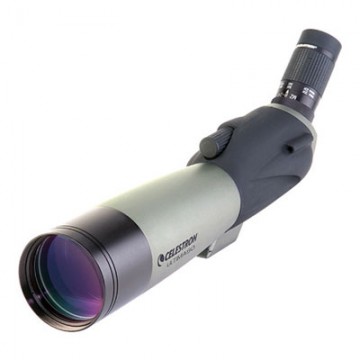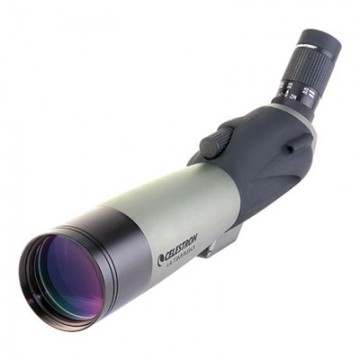Generally, spotting scopes are used for hunting, surveillance, and birding, as well as for observing the landscape including the wildlife, ships and distant objects. You can also score targets with spotting scopes on rifles and pistols and other archery ranges. Spotting scopes are also used for astronomy purposes as well as digiscoping by using a spotting scope and a small digital point and shoot camera.
Typically, while going through
spotting scope reviews or articles, you will find that the labeling with three numbers is done on the spotting scopes. Significantly, the initial two numbers denote the range of magnification while the last number denotes the objective lens size. For example, if your spotting scope is labeled by numbers 15-45x60, this means that the magnification range of the scope is from 15x to 45x and 60 mm is the size of the objective lens.
By and large, the
spotting scopes fall into categories such as - dedicated birding scopes, dedicated hunting scopes and dedicated astronomical scopes that are modified for the particular use.
Additionally, the spotting scopes can be categorized into - The Basic Spotting Scopes with Fixed Eyepiece and The Advanced Spotting Scope with Zoom Eyepieces. The basic scopes with fixed eyepiece offer the best in terms of aperture versus cost as they have a simple design. It consists of an objective lens, a prism to equalize the line of sight to a more suitable angle of 45-degree, and an eyepiece. You can alter the magnification using interchangeable eyepieces having a different magnification which makes it more popular amongst the users. While, the advanced spotting scope come with a zoom knob, that facilitates zooming in or out by turning the knob and is suitable for limited number of targets at comparable distances.
Rugged, water proof and fog proof spotting scopes can be used in different climatic conditions and bear a few knocks with damaging the scope.
As far as, the prisms are concerned, in astronomical spotting scopes, the erecting prisms and the focusing mechanisms are outside the body of the spotting scope. On the other hand most birding scopes, instead of using the prisms, a 90 degree diagonal mirror provides better quality image. Here, the eyepiece looks down at a 90 degree angle into the scope, so that the image typically is right side up but horizontally flipped, left to right.
Chromatic aberration is corrected by either using compound lenses made of different kinds of glass to bring the colors into focus at the same point giving a clear and sharp image, as in telescopes or using special materials on the lens, like fluorite crystal or ED glass that helps in much decreased color dispersion giving you sharper images even at high magnification.




 Key facts about binoculars (119 comments) (16 11:04:29)
Key facts about binoculars (119 comments) (16 11:04:29)